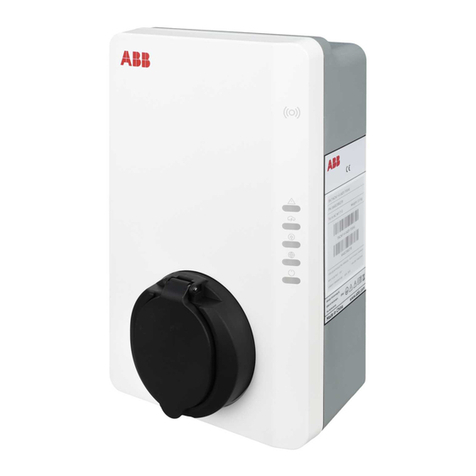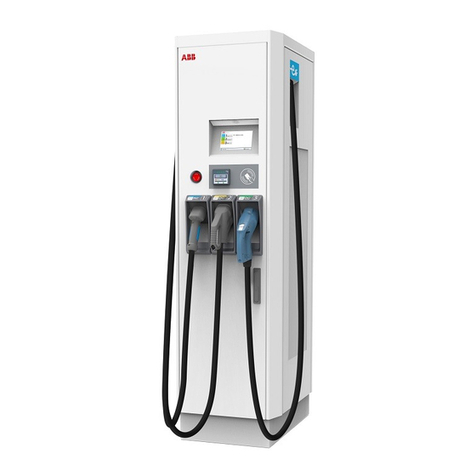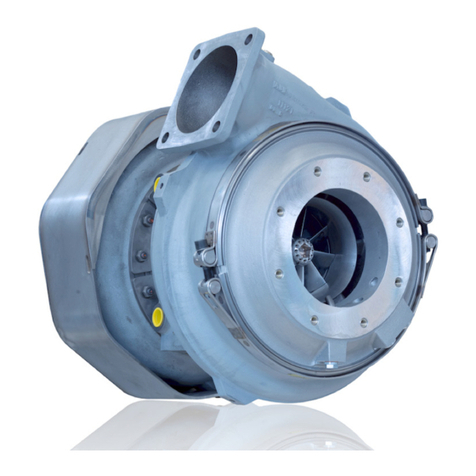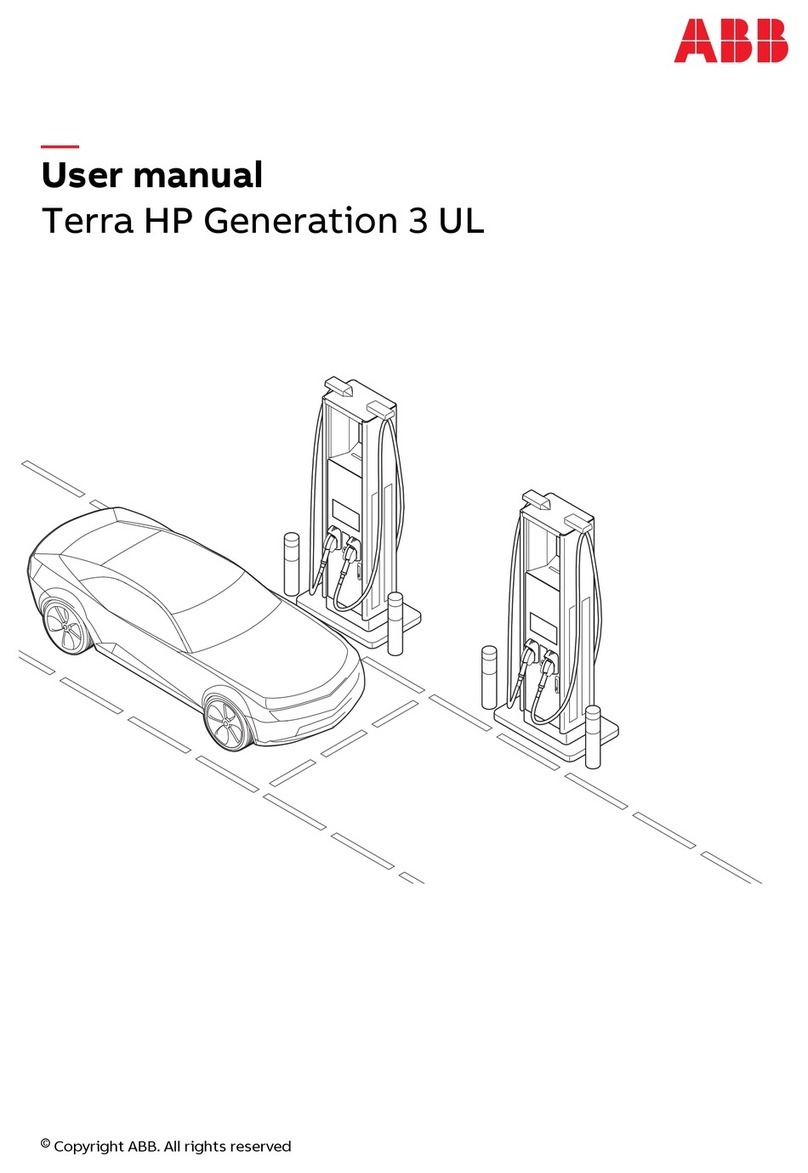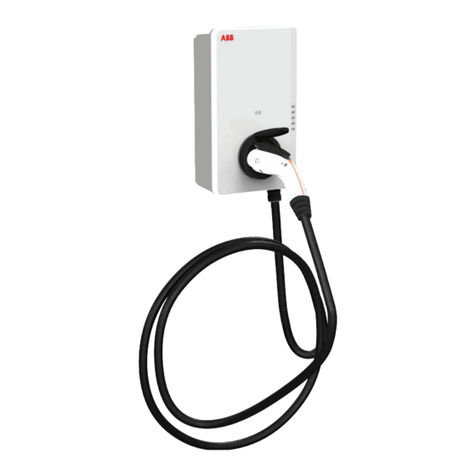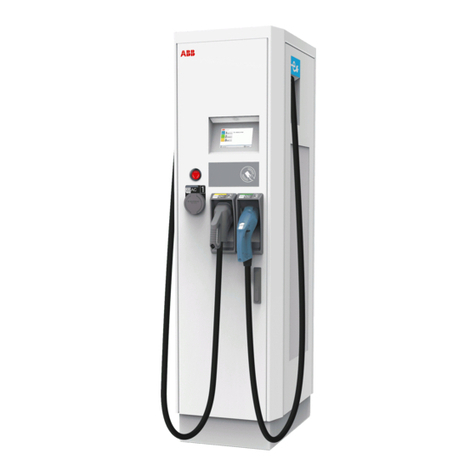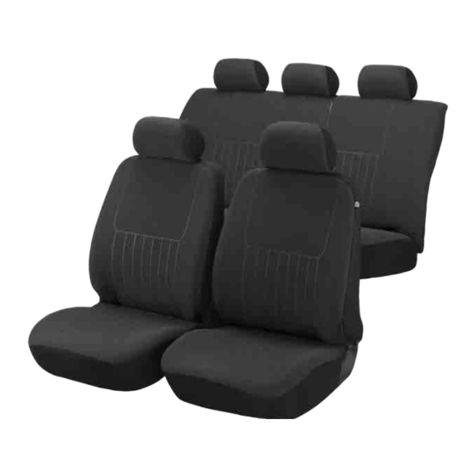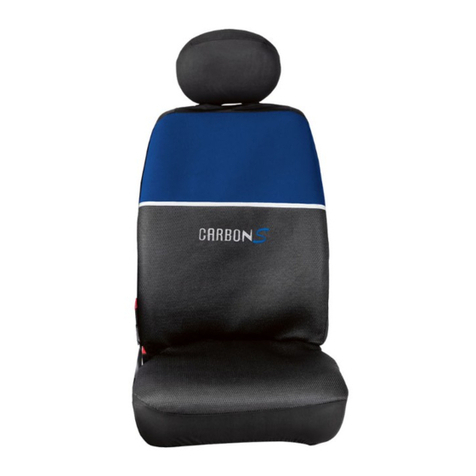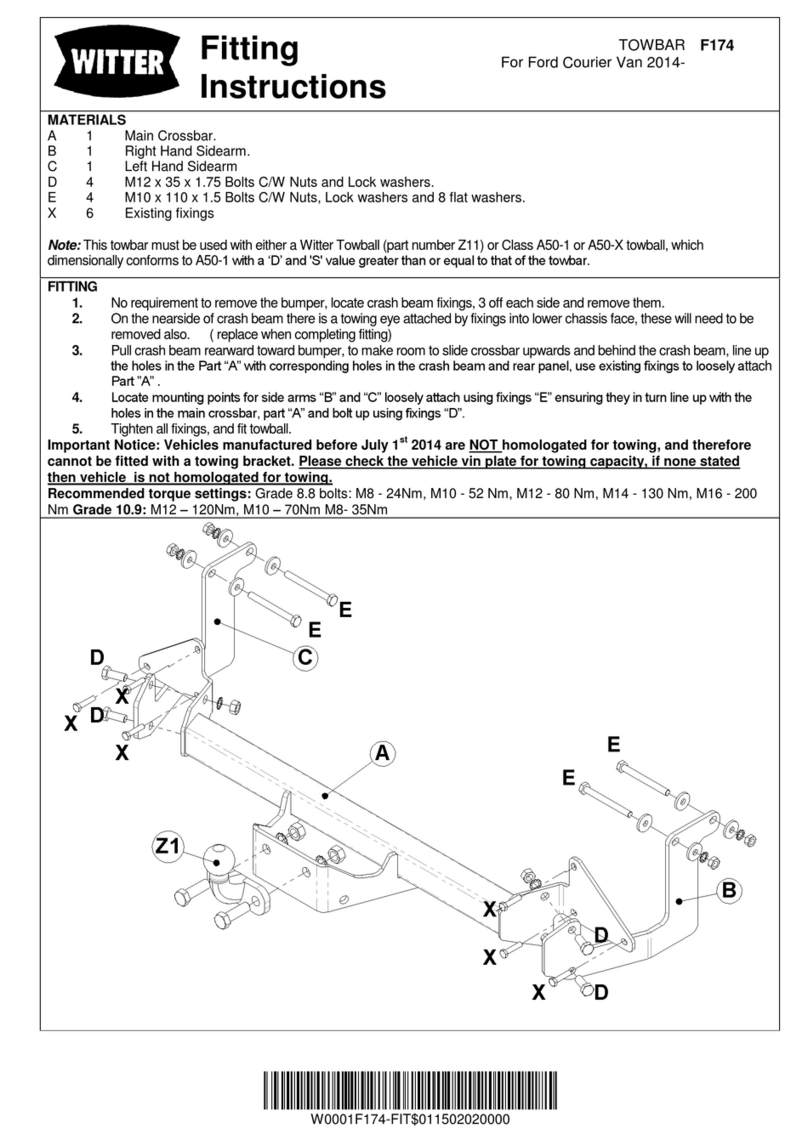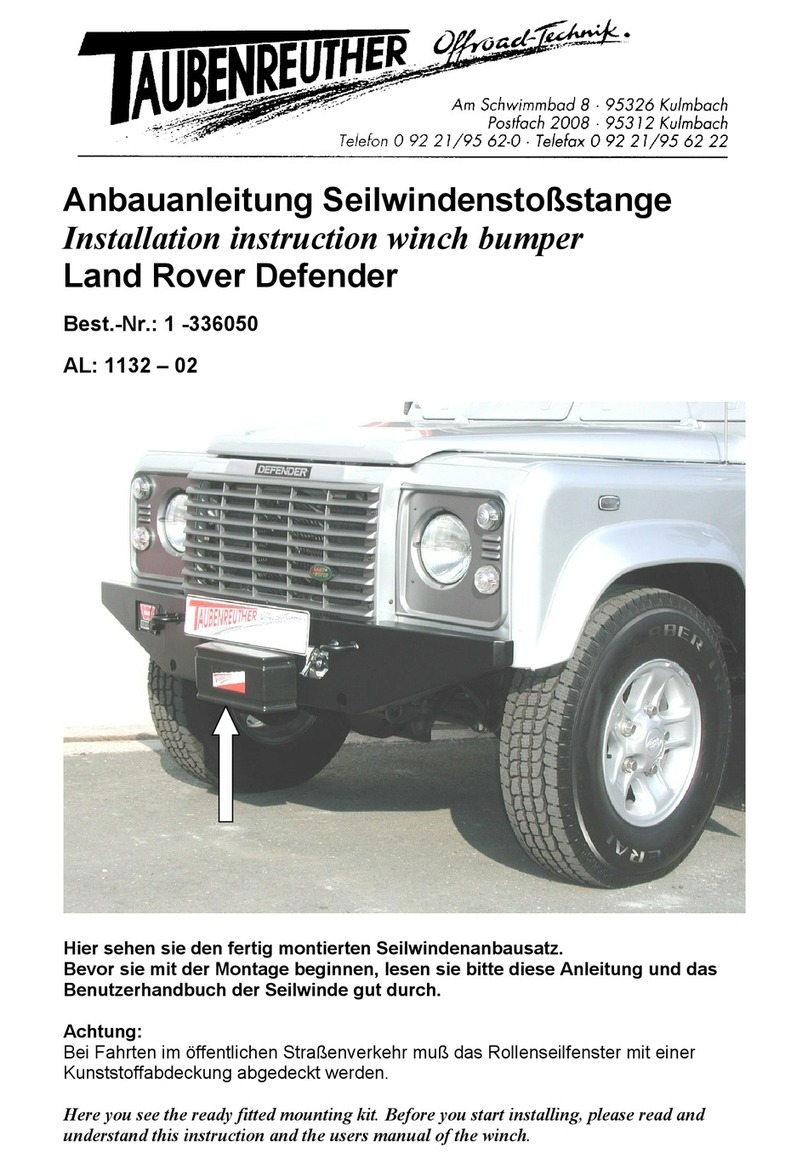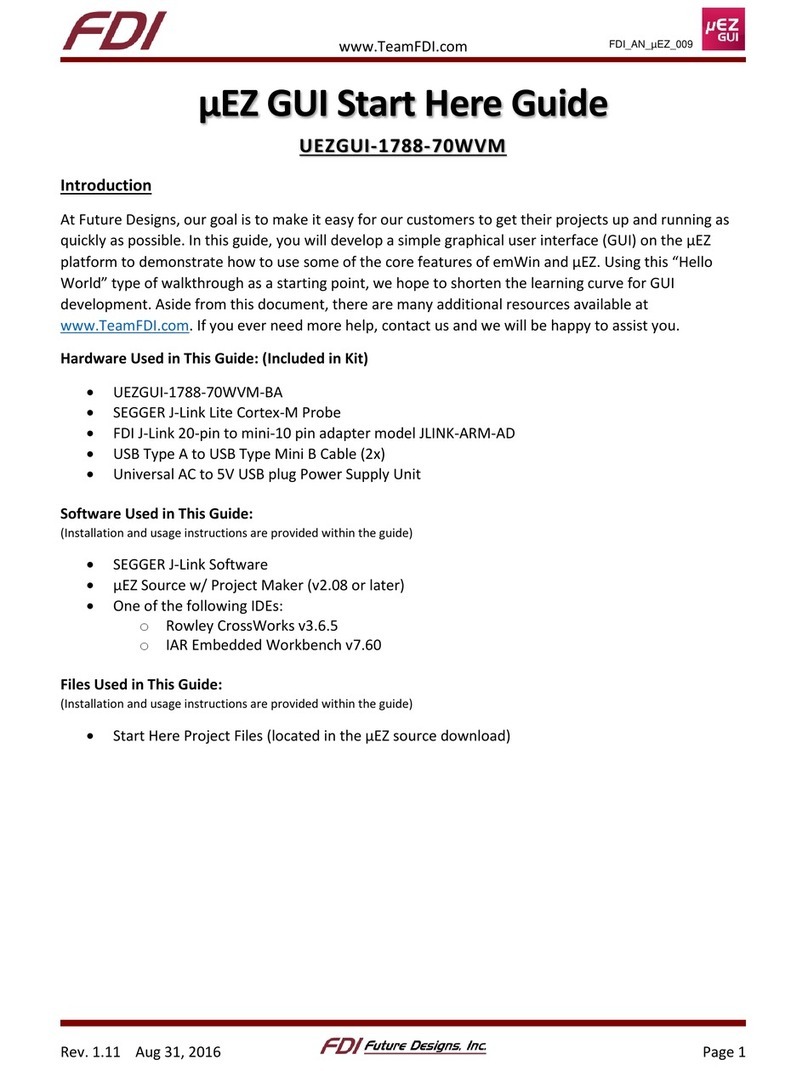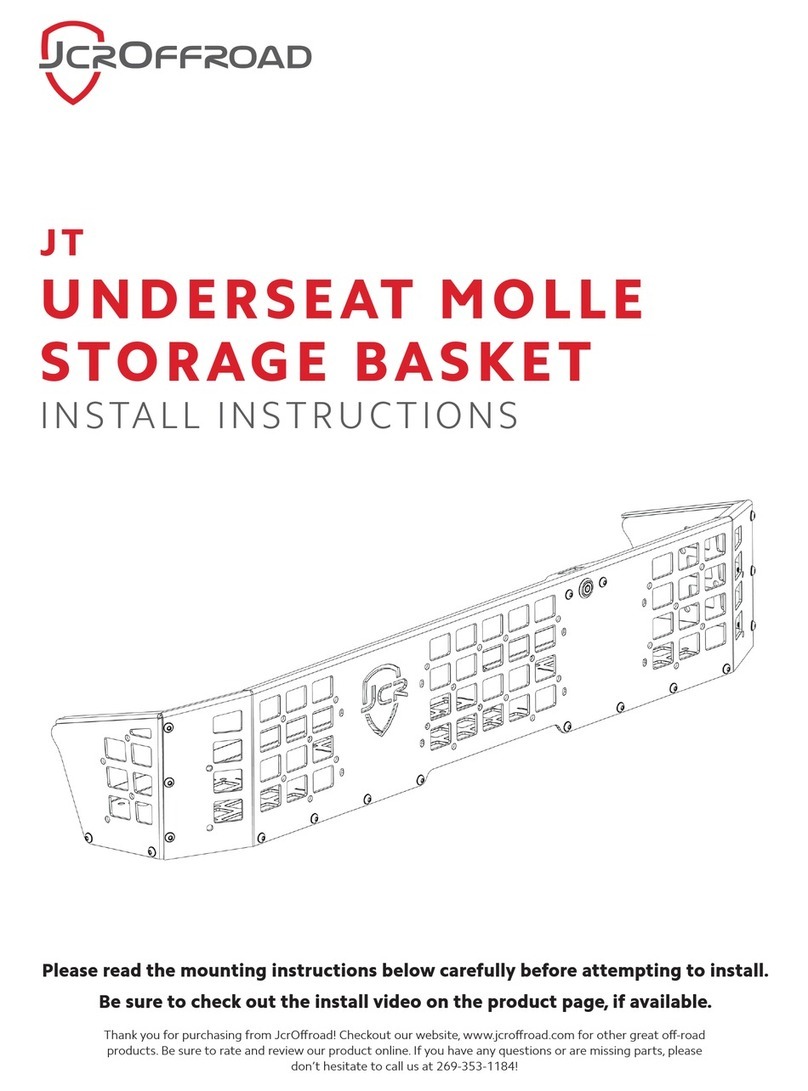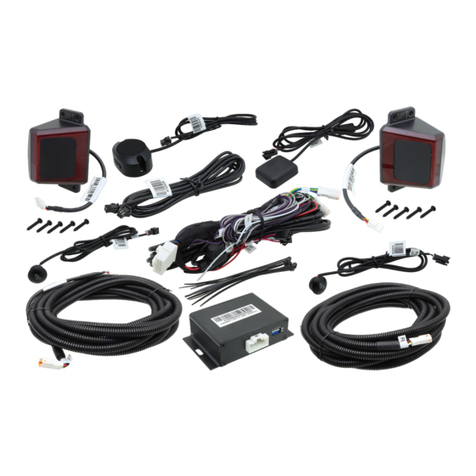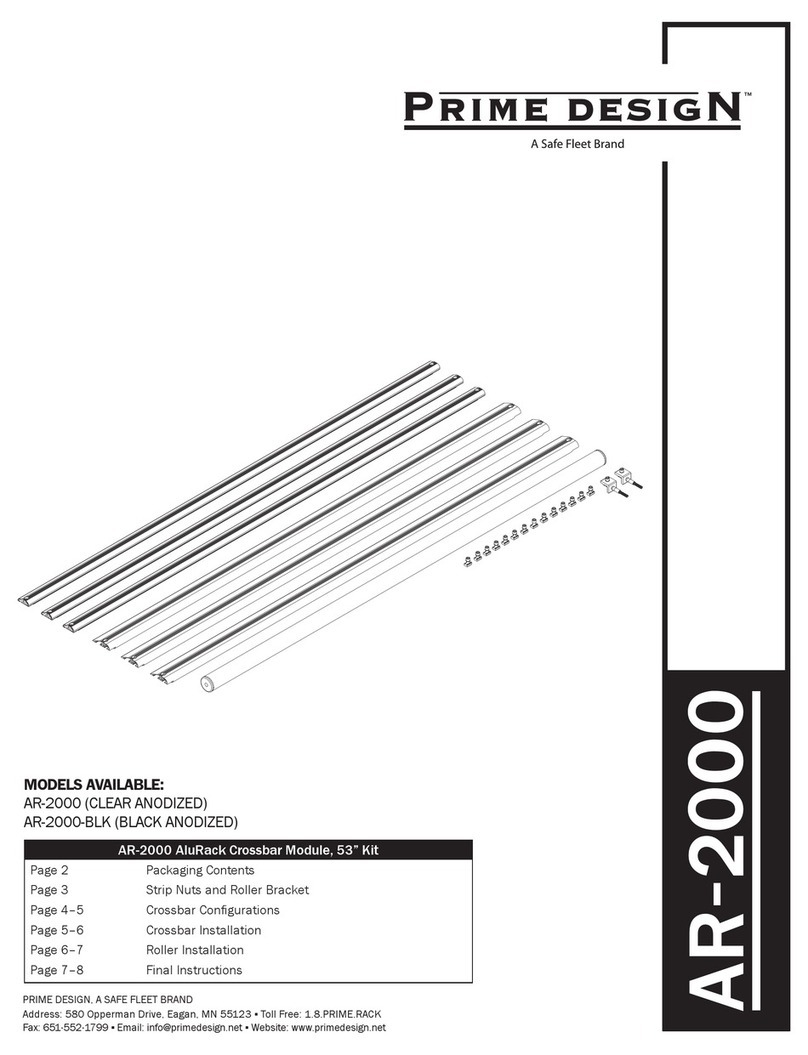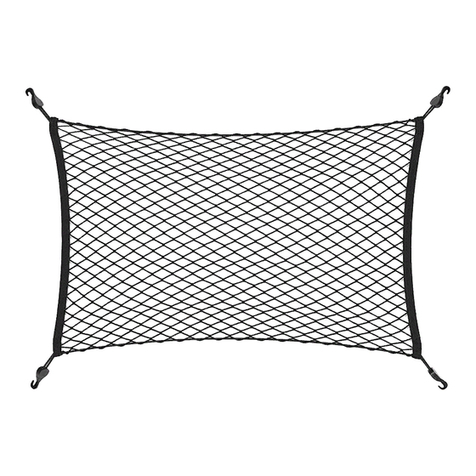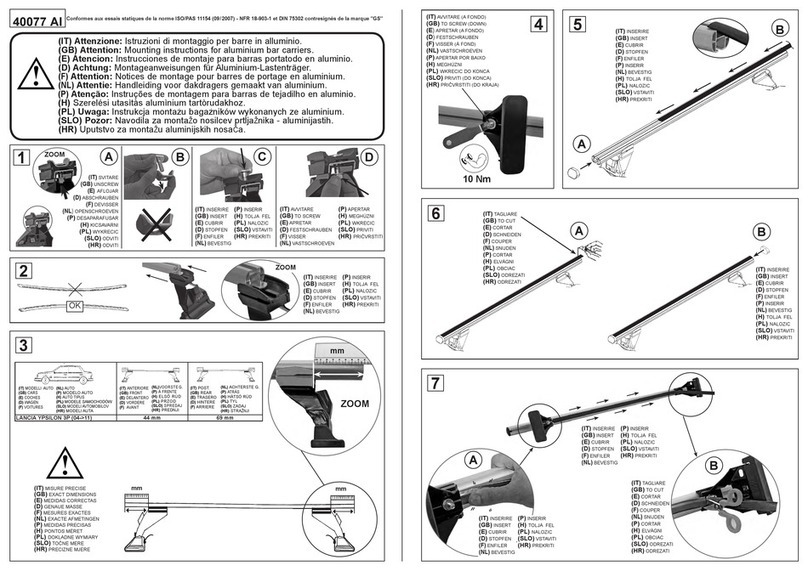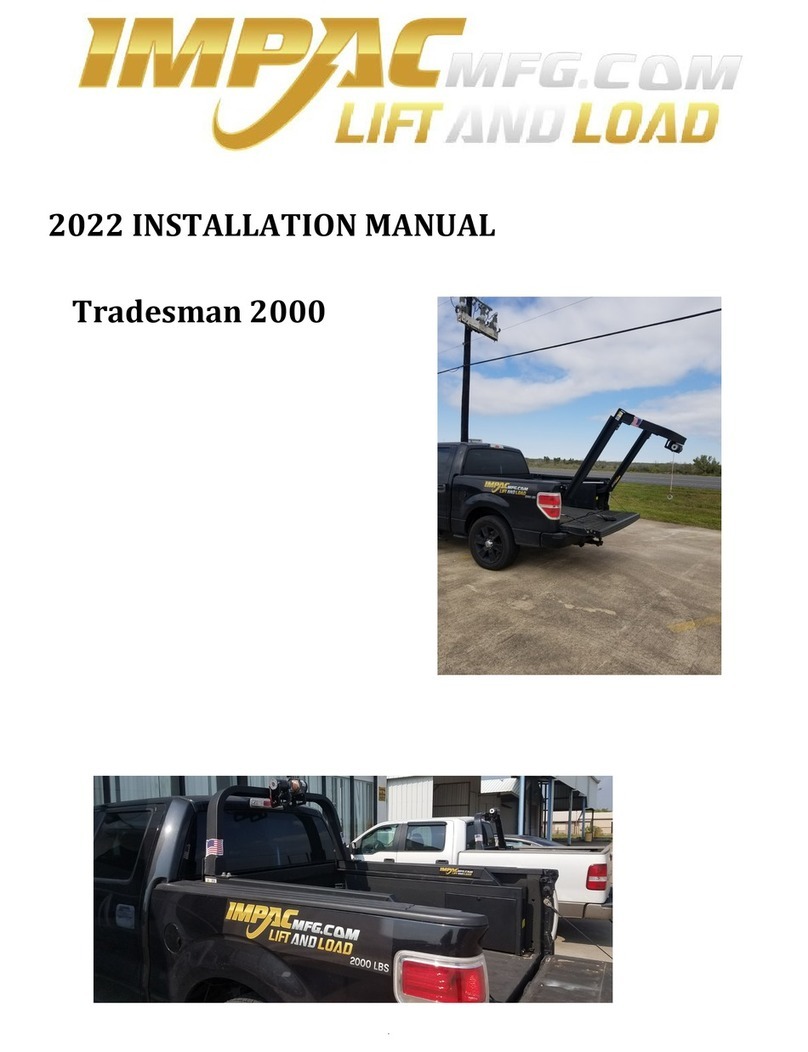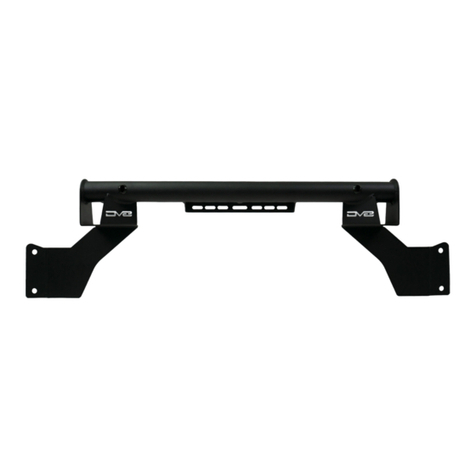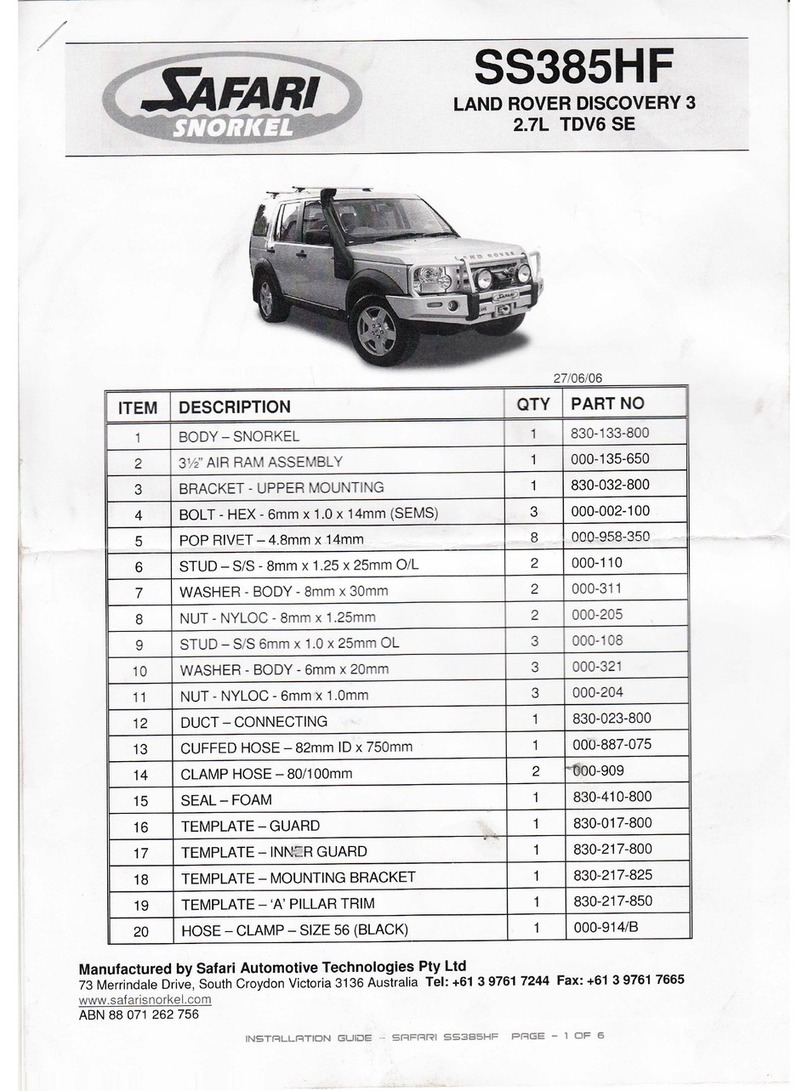
8
Special safety instructions (North America)
Warning: Obey the basic precautions for electric
products, including the instructions in this
section.
Caution: To reduce the risk of fire, connect this
EVSE only to a circuit provided with, see Table
Circuit breaker rating, page 35, maximum branch
circuit overcurrent protection in accordance with
the National Electrical Code, ANSI/NFPA 70.
• Read all the instructions before you use this EVSE
• Make sure that adults supervise this EVSE is when it is
used around children
• Do not put fingers into the EV connector
• Do not use this product if the flexible power cord or EV
charge cable is frayed, has broken insulation, or any
other signs of damage
• Do not use this EVSE if the enclosure or the EV connector
is broken, cracked, open, or shows any other indication
of damage
• Install an insulated grounding conductor that is identical
in size, insulation material, and thickness to the grounded
and ungrounded branch-circuit supply conductors, except
that it is green with or without one or more yellow stripes,
as part of the branch circuit that supplies the EVSE
• Connect the grounding connector of the previous
bullet point to earth at the EVSE or, when supplied
by a separately derived system, at the supply transformer
• For the AC power input wiring installation, refer to section
Insert the AC input conduit, page 22
• For the torque requirements for the screws of the
terminal block for the AC power, refer to chapter Technical
data, page 34
Note: It is possible that not all symbols are
present on the EVSE.
Incorrect waste handling can have a negative effect on the
environment and human health due to potential hazardous
substances. With the correct disposal of this product, you
contribute to reuse and recycling of materials and
protection of the environment.
• Obey the local rules to discard parts, packaging material
or the EVSE
• Discard electrical and electronic equipment separately in
compliance with the WEEE - 2012/19/EU Directive on
waste of electrical and electronic equipment
• As the symbol of the crossed out wheeled-bin on your
EVSE indicates, do not mix or dispose the EVSE with
your household waste, at the end of use. Instead,
hand the EVSE over to your local community waste
collection point for recycling
• For more information, contact the Government
Waste-Disposal department in your country
—
• Make sure that the EVSE is connected to a grounded,
metal, permanent wiring system, or an equipment-
grounding conductor must be run with the circuit
conductors and connected to the equipment
grounding terminal or lead on the product
• Make sure that the connections to the EVSE
comply with all applicable local rules
Safety instructions for earthing
≔
TABLE OF CONTENTS
←
PREVIOUS CHAPTER
→
NEXT CHAPTER
